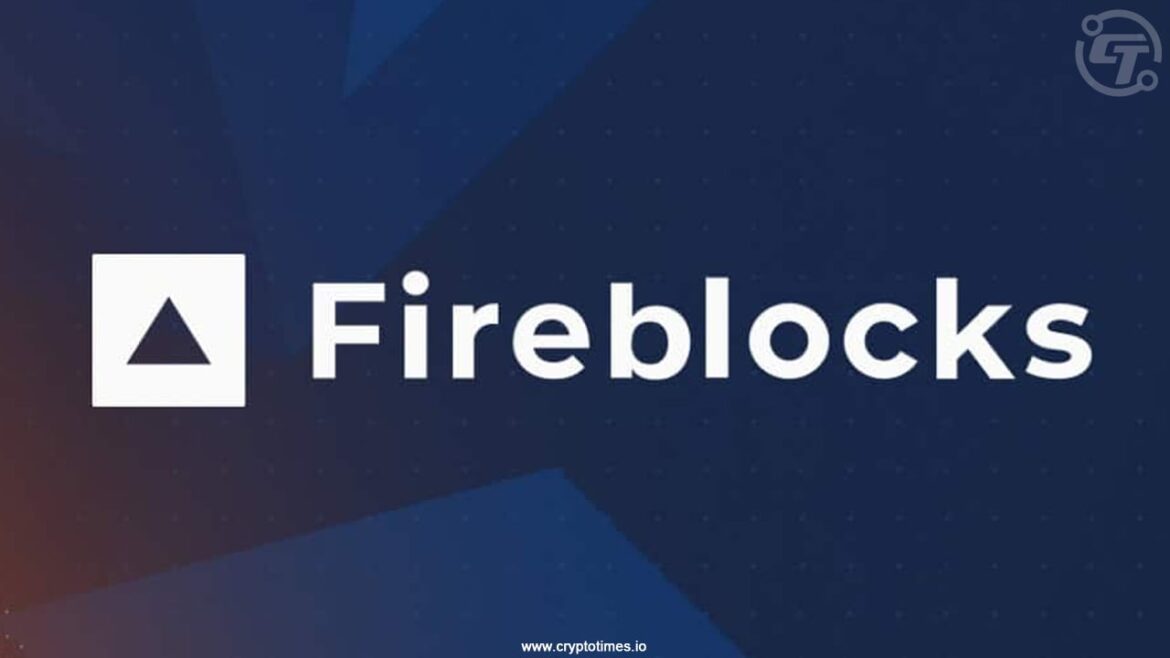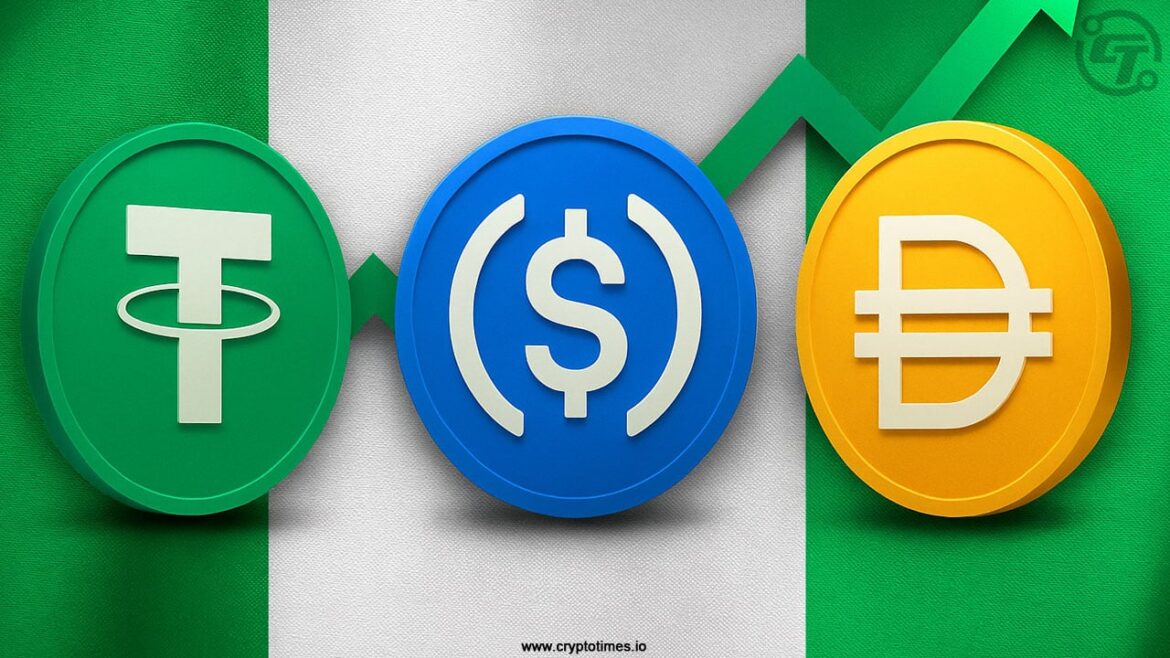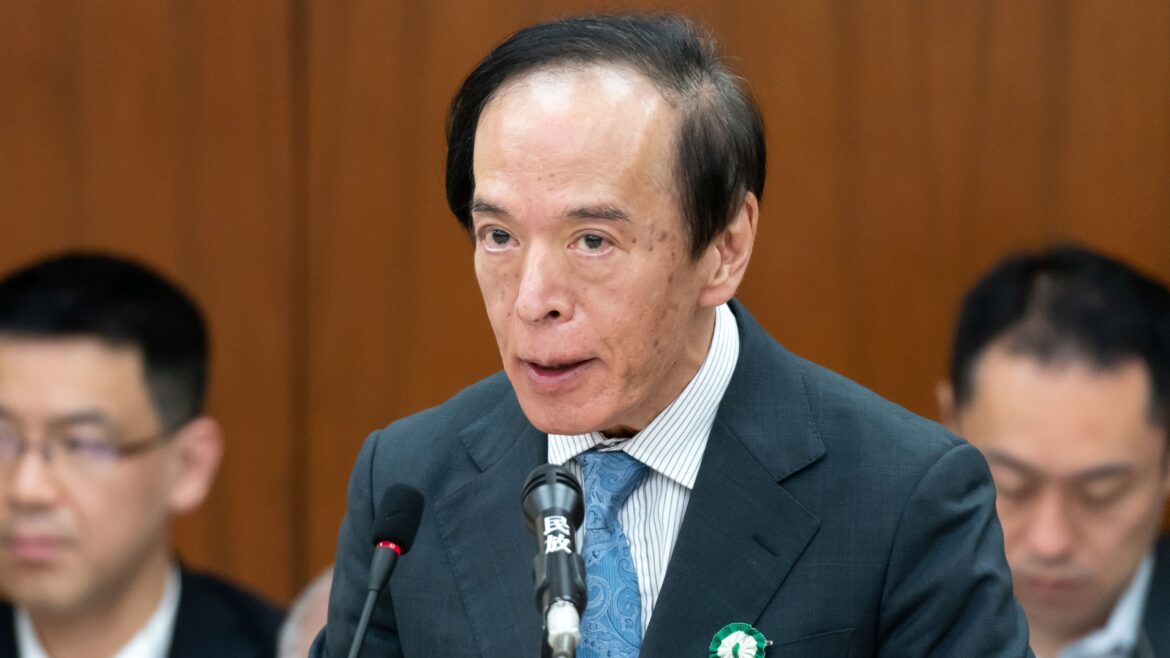Vitalik Buterin, Ethereum (ETH) cofounder, has shared his thoughts about stablecoins as an asset class in the cryptocurrency space. Buterin dropped his insights in reaction to a post highlighting Codex, a stablecoin built on the Ethereum blockchain.
Vitalik Buterin tags stablecoins key driver of crypto utility
According to Buterin, cheap stablecoin transactions remain one of the key real-world value drivers of the crypto industry. He is implying that stablecoins have utility in cross-border remittances and payments, which makes them pivotal in the adoption of crypto.
You Might Also Like
Notably, new users in the crypto space require stablecoins to purchase different cryptocurrencies like Ethereum, Bitcoin, XRP and others. This arguably makes them a vital link in the crypto adoption chain compared to NFTs or meme coins, for instance.
Cheap stablecoin transactions continue to be one of the most important sources of large-scale value that crypto provides today.
Excited to see @codex_pbc joining the arena as an L2 and thinking explicitly about synergy between itself and ethereum L1 from day one. https://t.co/BuCyZZqYgh
— vitalik.eth (@VitalikButerin) September 5, 2025
Buterin expressed excitement at how Codex has distinguished itself among other layer 2s and is exclusively for stablecoins.
“Excited to see @codex_pbc joining the arena as an L2 and thinking explicitly about synergy between itself and Ethereum L1 from day one,” he wrote.
The Ethereum cofounder is highlighting the fact that Codex, rather than compete with Ethereum, has decided to align and create a mutually beneficial ecosystem. With this development, it could help Ethereum maintain dominance in global crypto finance.
This could support Ethereum in staying ahead of Tron and other competitors in the stablecoin market as it seeks to make payments cheaper worldwide.
Stablecoin’s $1.2 trillion market projection
You Might Also Like
Vitalik Buterin’s post is gaining traction, with one user agreeing that while “cheap” remains the primary requirement, there is also a need to guarantee privacy. He noted that once these two requirements are in place, mass adoption is inevitable.
Interestingly, the stablecoin market is rapidly expanding, and Coinbase has projected it could hit $1.2 trillion by 2028. The exchange believes that the growth will progress gradually and be supported by friendly policies over time.










